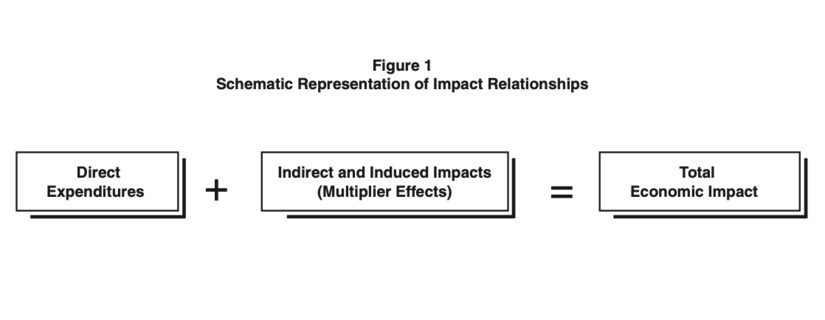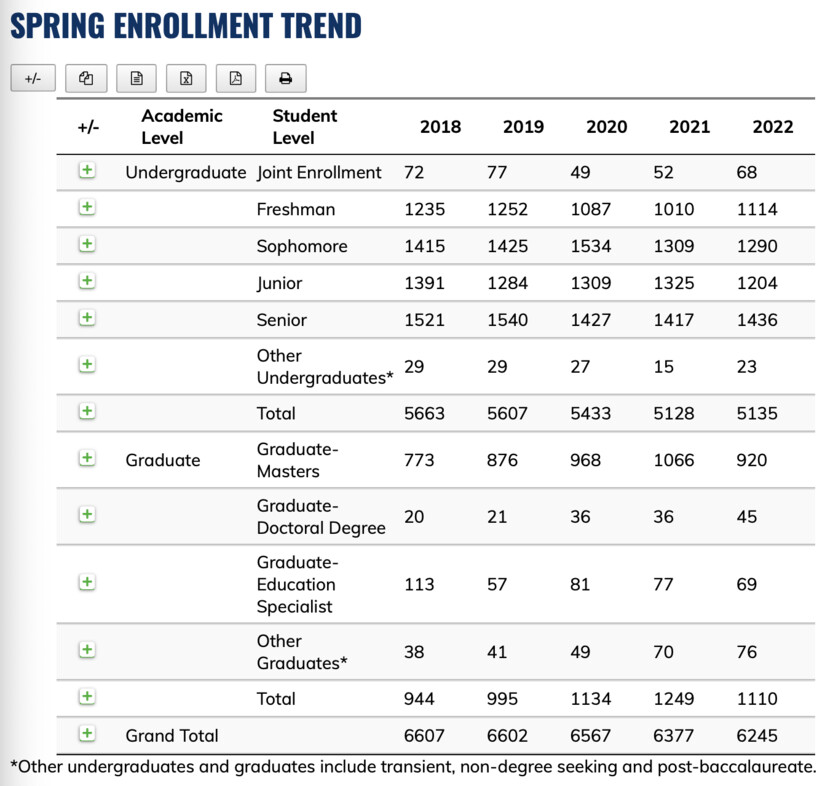Image


I don't know where Milledgeville would be these days without Georgia College.
It's become a common sentiment for people around here, a result of Milledgeville's transition from "hospital town" to "college town." No doubt, GCSU is Baldwin County's largest employer, with roughly 350 professors and another 600-something full-time employees. The university had a total payroll of roughly $65 million during the most recent fiscal year, and more than 2,100 different people received at least one paycheck, including part-time workers and student workers.
Even though it's really difficult to measure and quantify the economic impact that GCSU has on this area, the University of System of Georgia's Board of Regents recently tried its best, releasing its annual "Economic Impact" study for GCSU and the state's other public universities. The Board of Regents' entire report can be viewed BY CLICKING HERE.
In the study, the Board of Regents placed GCSU's "economic impact on the regional economy" at $303 million, up from $285 million during the 2021 fiscal year. The region is defined as "Baldwin, Bibb, Hancock, Jones, Washington and Wilkinson counties," according to a university press release.
Added the press release: "For every job on campus, twice as many were created off campus. In FY 2022, Georgia College generated 973 jobs on campus, while another 2,050 off-campus positions existed due to institution-related spending."
If you're feeling wonky, the Board of Regents defines Total Annual Economic Impact as "the net changes in regional output, value added, labor income, and employment that are due to initial spending by the institution (for operations as well as personnel services) and its students...The total economic impact includes the impact of the initial round of spending and the secondary, or indirect and induced spending – referred to as the multiplier effect – that occurs when the initial expenditures are re-spent."
Secondary spending or indirect and induced impacts are what economists refer to as "multiplier effects." Multiplier effects are used in economic impact studies to estimate totals, and economists never claim that the totals are the exact number or the exact dollar amount. Doing that would be impossible.

Courtesy of GCSU
GCSU's undergraduate/on-campus enrollment actually has decreased following the pandemic. That enrollment figure hovered around 5,600 for many years, but it decreased to 5,128 during the spring semester of 2021 and 5,135 during the spring semester of 2022, respectively. If viewing the chart below, remember that all graduate classes at GCSU are now online.

Courtesy of GCSU
"As the largest employer in the county, our nearly $65 million payroll of course contributes to the local economy. But the spending power of the university, combined with the dollars our students, faculty and staff spend in local shops and restaurants also generates jobs, higher incomes and greater production of goods and services in central Georgia," President Cathy Cox said. “In addition to the economic impact of GCSU, we aim to provide cultural resources for all ages, educational and sports camps for kids, and continuing learning opportunities for life. The thousands of volunteer hours our students contribute to the community also enhances the quality of life here. Having a state university in our area is a win-win situation for everyone.”


